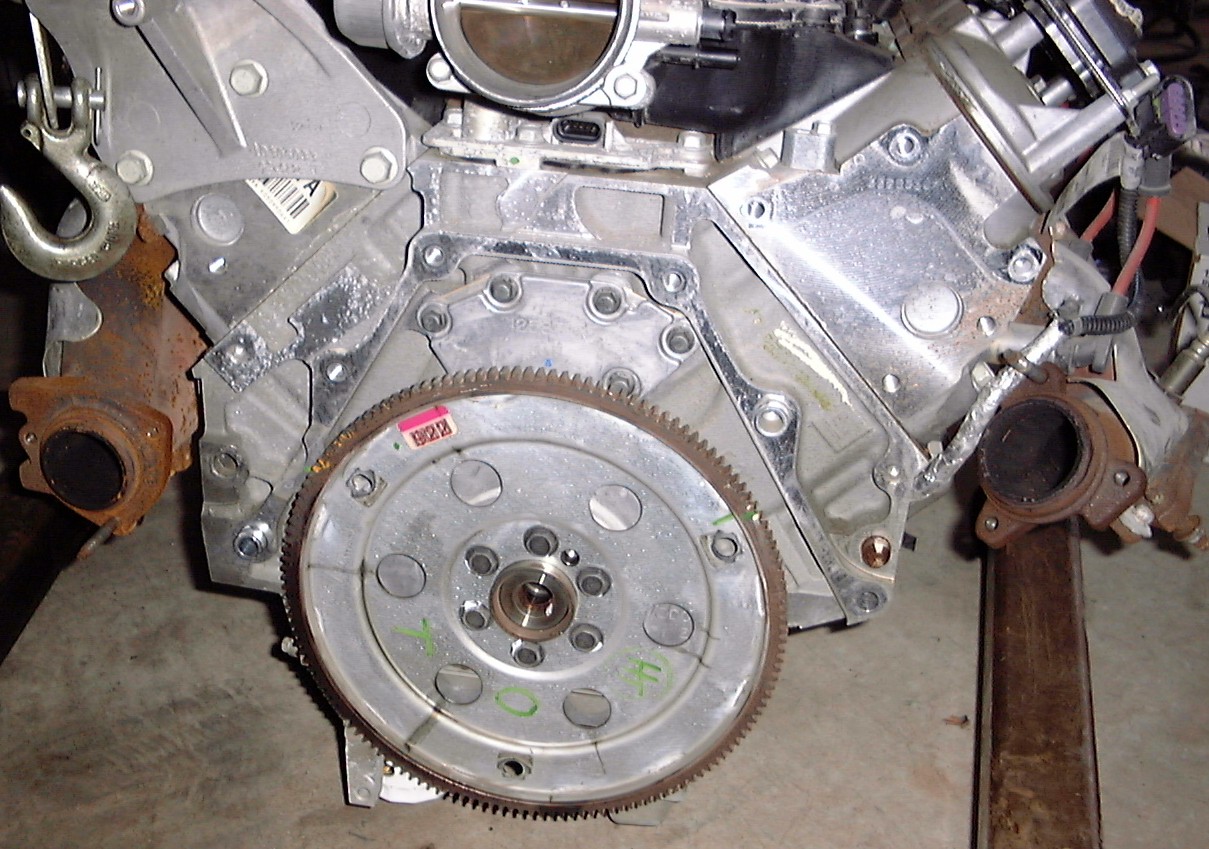

Some of the popular trucks it was used in were the Chevrolet Blazer and Suburban and the Oldsmobile 350 diesel. The 700R4 was used widely on both truck platforms and rear-wheel drive car platforms. The development of this transmission was primarily targeted to improve fuel economy, and this was accomplished by a number of modifications, not the least of which was the 30% overdrive capability. This transmission was produced by General Motors, but is also sometimes known by the name Hydramatic. being left plugged in overnight.The 700R4 is a 4 speed automatic transmission, with a 30% overdrive in 4th gear. The engine block heater can be plugged in longer than listed in the schedule above without any negative effects or concerns, i.e. Preferred viscosity within listed temperature rangeĪcceptable viscosity within listed temperature rangeįailure to use the engine block heater in cold weather may compromise longevity, contribute to excessive engine wear, and possibly damage engine. Under severe/heavy duty operating conditions, which includes periods of excessive idling, towing, and off-road driving (especially in dusty conditions), the engine oil should be replaced every 2,500 miles or 3 months, whichever comes first. Under normal operating conditions, the engine oil in a 6.2L GM diesel should be replaced every 5,000 miles or 12 months, whichever comes first.

Early 6.0 chevrolet transmission boltup code#
The broadcast code identifies the model year, build month, and build day.Ħ.2L GM Diesel Engine Oil Spec and Block Heater Schedule An example of a broadcast code is as follows:Įxample of engine I.D. GM refers to this 7 digit sequence as the "broadcast code". Horsepower and torque curves/graphs for 1982 - 1985 6.2L GM diesel LL4 6.2L Diesel Engine Identification, Build DateĪll 6.2L GM diesels have a 7 digit engine identification number stamped into the engine block below the intake runner of the number 1 cylinder. Horsepower and Torque curves/graphs for 1983 6.2L GM diesel LH6 Light duty engine w/ exhaust gas recirculation (EGR), GVWR 8,500 lbs Despite some of the problems that plagued the 6.2L diesel in the long run, the engine ultimately achieved what GM/Detroit had set forth to do and paved the way for future endeavors in the diesel sector. GM secured a government contract and provided 6.2L diesel engines and trucks to the United States Army in mass quantities, many of which can still be affordable purchased at government auctions. The engine's were Federally rated at up to 23 mpg combined and GM estimated up to 31 mpg on the highway. At an option of less than $1,500 and capable of surpassing some of GM's V-6 gas engines in fuel economy, the 6.2 diesel was an attractive offer. It was available in 1/2 ton as well as 3/4 and 1 ton model pickups, which is unique to GMC/Chevrolet because Ford and Dodge never offered diesels in their 1/2 ton pickups when they entered the diesel sector in 19, respectively. The 6.2L became available following the retirement of the infamous 5.7L Olds diesel. Naturally aspirated factory turbocharger not offeredĪmbient temperature > 32° F (preferred viscosity within temp range)Īmbient temperature < 20° F, can substitute with winterized # 2 diesel fuel if necessaryĮngine not factory certified to run on biodiesel Overhead valve (OHV) pushrod engine (standard cam-in-block), hydraulic roller lifters Mechanical injectors, Stanadyne DB-2 rotary injection pump.

GM/Chevrolet C/K trucks, Hummer H1, Jimmy, SuburbanĬast iron engine block, cast iron cylinder heads Detroit Diesel ( a division of General Motors at time of inception)


 0 kommentar(er)
0 kommentar(er)
